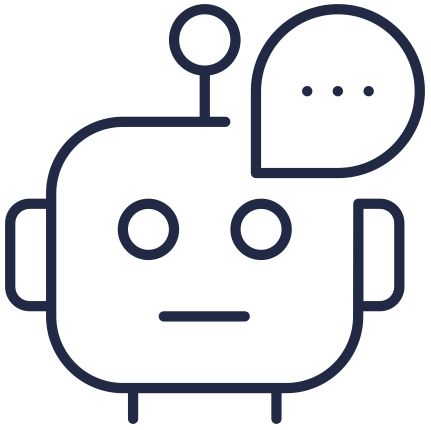
As artificial intelligence (AI) tools become increasingly integrated into academic, professional, and everyday contexts, students need the ability to engage with these technologies critically, confidently, and ethically.
This section outlines progressive levels of AI literacy competency, helping educators scaffold student learning and align expectations with skill development over time. These competencies support students not just in using AI tools, but in understanding their functions, evaluating outputs, and applying them with integrity.
The competencies are grouped into six key areas:
- Understanding AI concepts
Recognising what AI is, how generative AI tools work, and their strengths and limitations.
- Knowing where and when to use AI
Identifying appropriate and inappropriate contexts for AI use in academic and professional settings.
- Using AI tools effectively
Developing practical skills in prompting, interacting with, and refining outputs from generative AI tools.
- Evaluating AI outputs
Critically assessing AI-generated content for accuracy, bias, relevance, and alignment with task requirements.
- Acknowledging and referencing AI
Transparently disclosing AI use and citing AI-generated content appropriately according to academic conventions.
- Ethical and responsible use
Applying ethical standards, considering the social impact of AI, and making informed, responsible decisions about its use.
These competencies align with the Information and Digital Literacies GLO and support the development of digitally fluent, ethically grounded graduates equipped for a rapidly evolving technological landscape.
